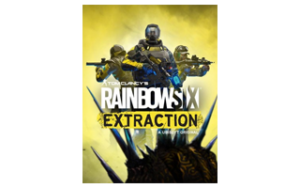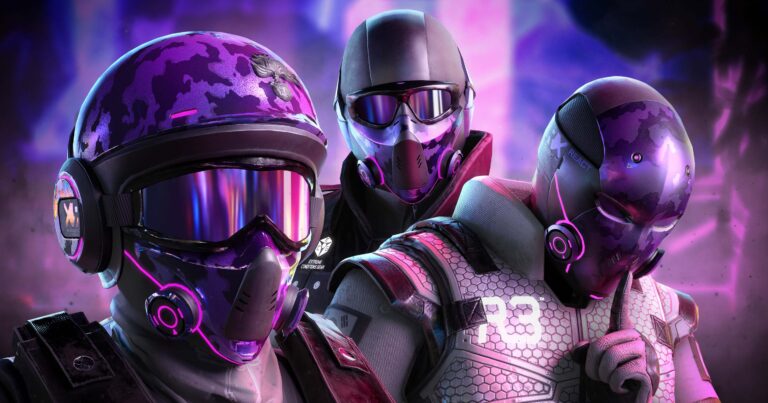Not even Rainbow Six out of 10.
Rainbow Six Extraction review: More quarantine needed
Rainbow Six Extraction review
At first glance, Rainbow Six Extraction sounds like an excellent proposition. Take a bunch of grounded operators from Rainbow Six Siege and build a standalone expansion to the popular limited-time Outbreak event from 2018 where you’re fighting waves of increasingly trickier alien foes. Make it cooperative instead of competitively focused, keep the player count to three to make it easier to find games, and you’re off to the races.
The thing is, Rainbow Six Extraction’s warts start to show from very early on. For starters, this may as well not have a story, which is odd considering how Siege’s operators have gone from two-sentence bios to fully fleshed-out characters with dedicated fan followings. There’s an opening cutscene and you’ll get the odd additional cutscene when you reach certain Milestones (XP ranks), but that’s about it.
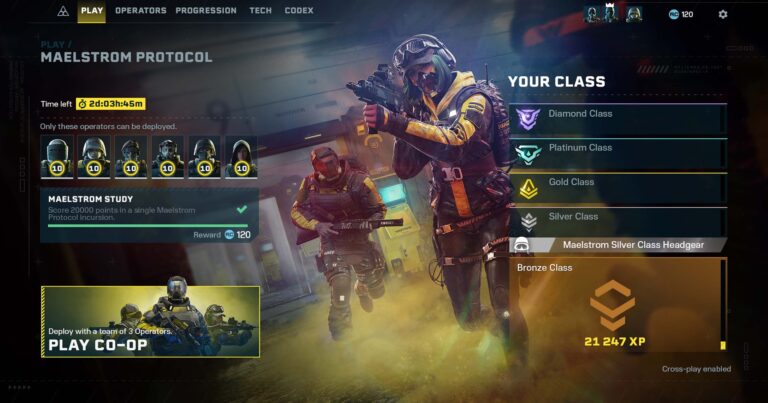
Everything else feels built around short-lived heavily gamified experiences that it starts to feel strange that Rainbow Six Extraction is closer to full price than not. There are four locations, each separated into three main maps, which are then divided into three sections. That doesn’t sound so bad on paper, but you’ll be revisiting all of these locales ad nauseam. It wouldn’t be so bad if these maps had more personality, but given they’re regularly covered in alien goop (called sprawl), they all start to look and feel the same.
To combat this all-too-frequent feeling of sameness, developer Ubisoft Montreal has employed the services of RNGesus to spice things up. When the randomised in-level elements are in harmony, they make for a compelling chorus of gameplay that incentivises stealth and ramps up the tension if you make a mistake or just randomly decide to go loud. There are a dozen or so objectives that you can be asked to complete, and their locations are randomised across the map.
Theoretically, that’s a great idea for avoiding monotony, but the RNG misfires as often as it hits the mark, which means you’ll soon discover your favourite objectives and least favourites that make you groan whenever their ugly heads re-appear for the umpteenth time. While enemy variety is solid, playing on higher difficulties—which is borderline essential to avoid even grindier gameplay and artificially elongated levelling up thanks to better XP gains, not to mention increased tension care of harder enemy types—means you’re frequently met with the more frustrating enemy types.
Tackled as an appropriately coordinated group with the right guns and gear, these foes can often be steamrolled. But when played solo with an operator you’re trying to level up, maybe testing a new gun or gear item, you’ll quickly find just how spongey these harder foes can be, even when you’re emptying dozens of bullets into their so-called weak spot. This gripe is highlighted with some of the spongiest foes outside of The Division when it comes to Rainbow Six Extraction’s boss fights.
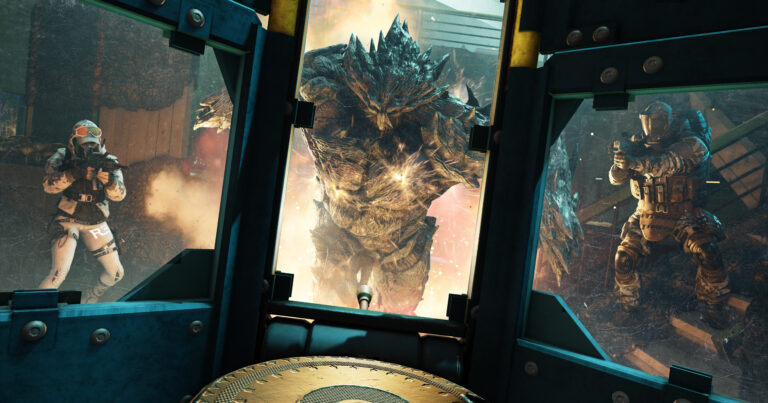
The theory behind these bosses is actually great: taking on twisted forms of familiar operators in your roster. But in execution, there’s only a handful of them, they become incredibly easy and predictable to fight with no apparent mix-ups in how they attack, and you’ll empty magazine after magazine into them before they go down. How boring.
Speaking of operators, you’ll unlock them in groups for particular Milestones, which is a squandered opportunity given how they could have been spread out, so you have more meaningful unlocks in your pursuit of the Milestone 18 endgame content (more on that below). Certain operators feel like a good fit and fun to play from the start, while others make no sense, either because of low-capacity, high-recoil guns that feel out of place in this kind of PvE shooter, or because their abilities suck.
Fuze and Tachanka, for instance, are incredibly situational, with the former’s ability playing against the stealth tactics that are incentivised by extra XP rewards and the latter’s locked to a fixed spot, rather than his much-improved form in recent Siege (which would’ve rocked in Rainbow Six Extraction). Regardless of which operators you love or loathe, it takes a fair chunk of time to max them out at level 10.
The fastest way to upgrade both operator and XP rank is by completing studies, which amount to Achievement-like challenges that are critical for 100 percenting the four areas. It’s fine when the challenges are straightforward enough or incentivise you to try new operators or tactics. But other times the conditions of these studies are wholly dependent on RNG, which sometimes pushes you to max out the difficulty just to try and get the condition to pop so you can clear it.
If it doesn’t pop, you can get into the game and extract immediately, but that feels more like a frustrating waste of time. Had Ubisoft Montreal built these studies around tailored objectives with a natural progression, rather than early challenges feeling like they’re asking you to max out the difficulty or keep grinding to get the enemy you need to clear it, these may have felt less grindy and more satisfying.
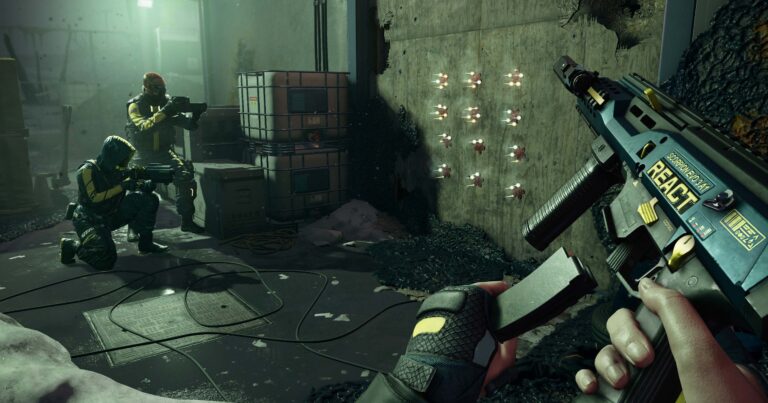
When RNG is favourable and you’re playing Rainbow Six Extraction with two other coordinated mates on one of the higher difficulties, there’s some great fun to be had, with a map fully cleared in anywhere from 15 to 30 minutes. But when RNG is unfavourable, especially when you’re playing alone, the worst parts of Rainbow Six Extraction loom large and, like waiting too long in line at a hit-and-miss fast-food joint, you start to question why you’re investing so much time in something that probably won’t satisfy you.
Worse still is the relatively high asking price to play the game, coupled with an in-game store that wants you to hand over even more cash for cosmetic items. It begs the question why this wasn’t a premium, optional expansion for the Siege player base rather than a standalone thing that doesn’t feel like it can stand on its own two feet half the time.
Those with an Xbox Game Pass subscription have access to the game on day one, so that’s less of a gripe for them. But for everyone else, paying up to $79.95 for a game that frustrates as much as it delights, demanding you grind to get to the better parts of its gameplay loop, it makes the disappointing parts of Rainbow Six Extraction loom larger.
Rainbow Six Extraction’s better endgame
For those who can put up with the 20-odd hours of gameplay and grind to reach Milestone 18, ideally with mates, the endgame is a much better execution of Rainbow Six Extraction than everything that leads up to this. At Milestone 13, you’ll unlock Assignments, which increase the challenge and add extra objectives that lead to some intense horde-heavy shoot-outs. Timing your reloads during these waves, sharing ammunition pick-ups and clear communication are all key to success, and it’s clear a few minutes in how much better the journey to these would have been if the majority of the game was more like this.
Assignments, though, are weekly resetting things which, at least during the pre-release review phase, were limited to one at a time. So unless you want to replay it, this max-difficulty mode is best played once so you don’t get bored. Similarly, Maelstrom Protocol is unlocked at Milestone 18 and is also a weekly rotating affair.
The catch is you’re playing through up to nine sections instead of the usual three, and operator choices are restricted to a handful of options. Considering you’re basically dead weight if you don’t have the right maxed-out operators, this further underlines the grindiness of Rainbow Six Extraction to make sure you have at least three of the six operators at max (or close to max) level so you’re not letting down the team. Like Assignments, the curated nature of Maelstrom is a better fit than Ian Malcolm levels of devotion to chaotic randomness, with the tense shootouts and subsequent resource management reminiscent of GTFO.
Ultimately, Rainbow Six Extraction’s endgame should have been the game, or at least the curated approach should have been part of the main gameplay formula.
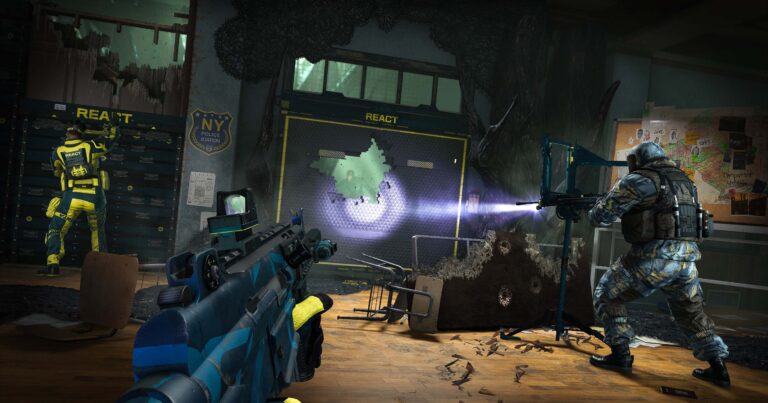
Here are the best prices for Rainbow Six Extraction in Australia
The platform you play on will determine the price you pay for Rainbow Six Extraction, with RRPs ranging from $59.95 on PC for the base version of the game to $89.95 on PlayStation 5 and Xbox Series X for the Deluxe Edition. Rainbow Six Extraction is on Xbox Game Pass, for console and PC, so if you have an active subscription, that’s a far more cost-effective way to play. Check out the table below for the best Rainbow Six Extraction prices at the time of review:
Rainbow Six Extraction FAQ
Here are some of the most frequently asked questions about Rainbow Six Extraction:
- Operating system: Windows 10 (64-bit)
- Processor: AMD Ryzen 3 1200 @ 3.1GHz or Intel Core i5-4460 @ 3.2GHz
- RAM: 8GB (dual-channel configuration)
- Video card: AMD R9 290X (4GB) or Nvidia GeForce GTX 960 (4GB)
- Processor: AMD Ryzen 5 1500X @ 3.5GHz or Intel Core i7-4790K @ 4.0GHz
- RAM: 16GB (dual-channel configuration)
- Video card: AMD RX 580 (8GB) or Nvidia GeForce GTX 1070 (8GB)
- Smoke Grenade
- Impact Grenade
- Scan Mine
- Recon Drone
- Body Armour
- Revive Kit
- Claymore
- Stun Grenade
- Glue Grenade
- Ammo Satchel
- Fragmentation Grenade
- Field Wall
- Scan Grenade
- Explosive Harness
- XR Recon Drone
- Nitro Cell
- Paralysis Grenade
- Arc Mine
- Recon Vapor Device
- Anabolic Accelerant
- REACT Laser
Related Articles




